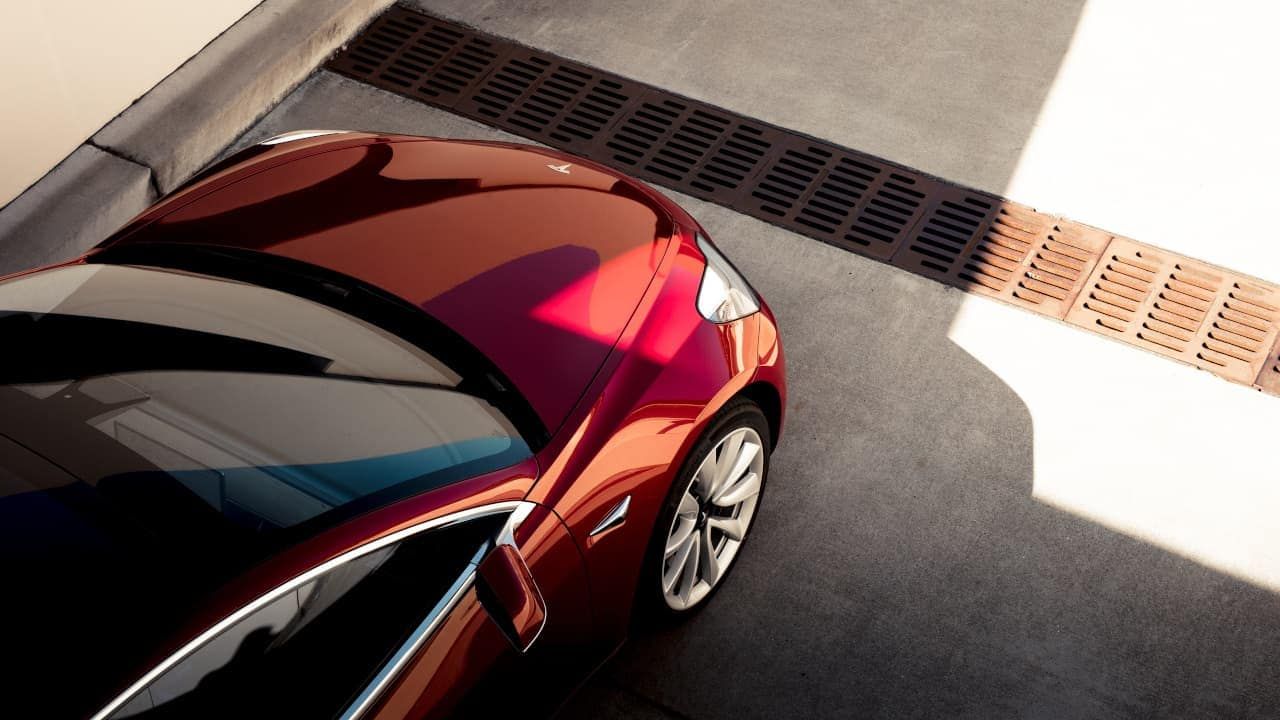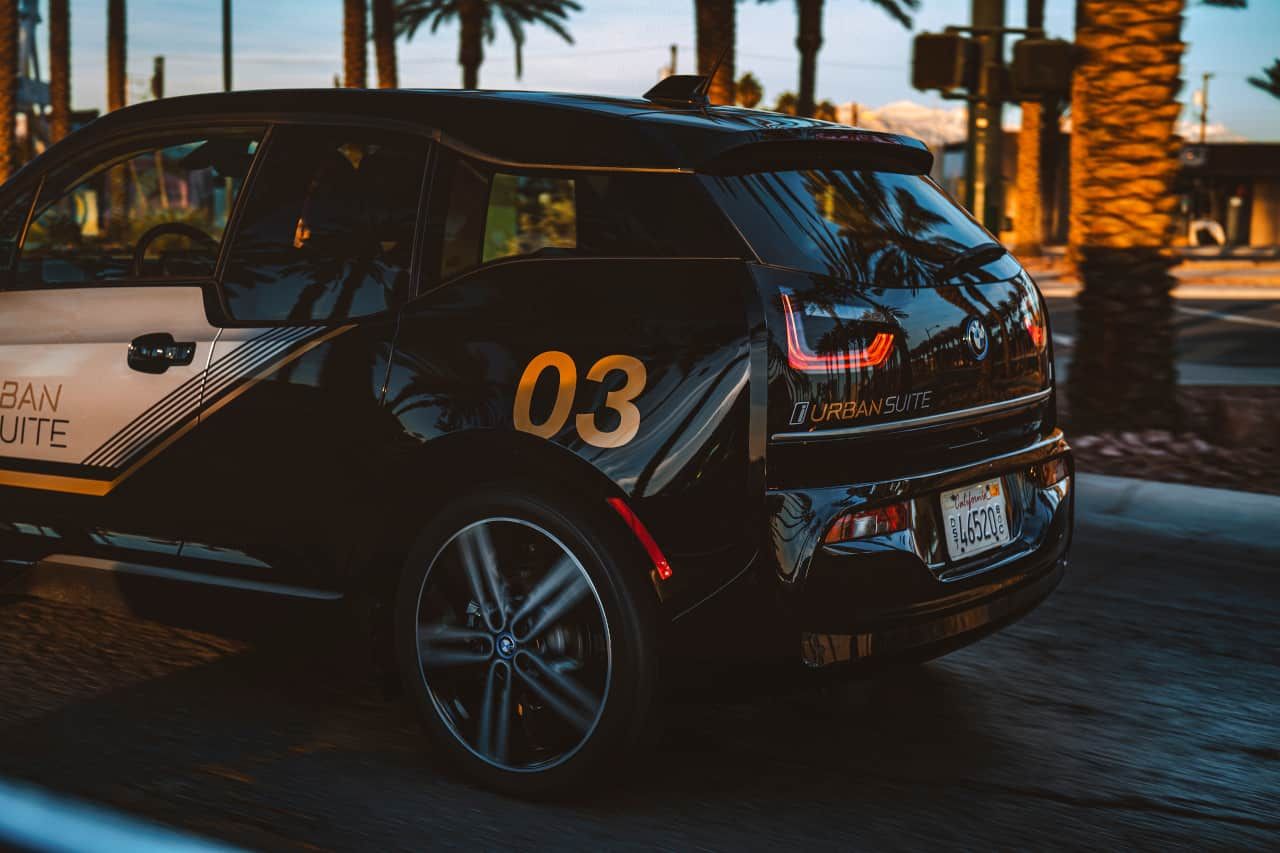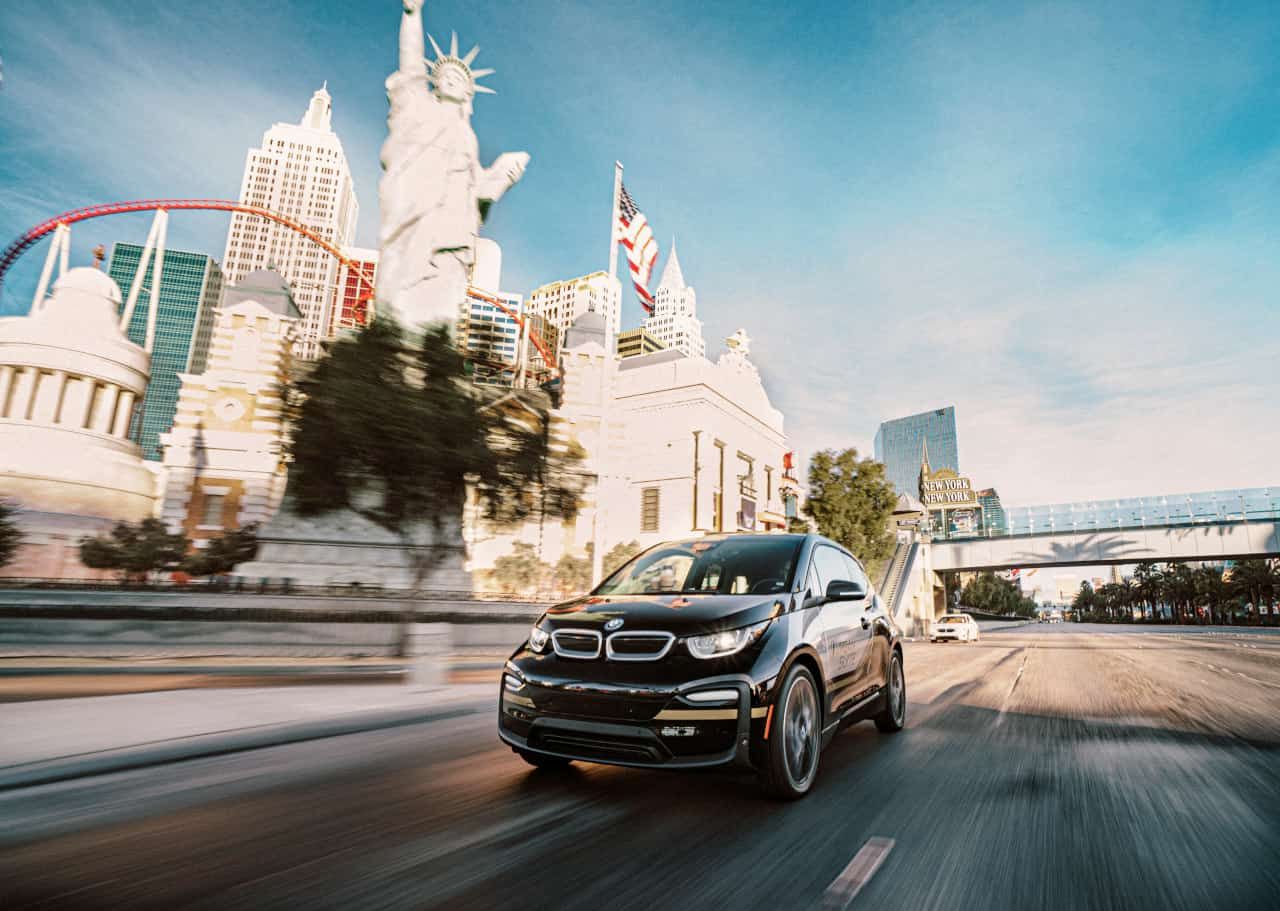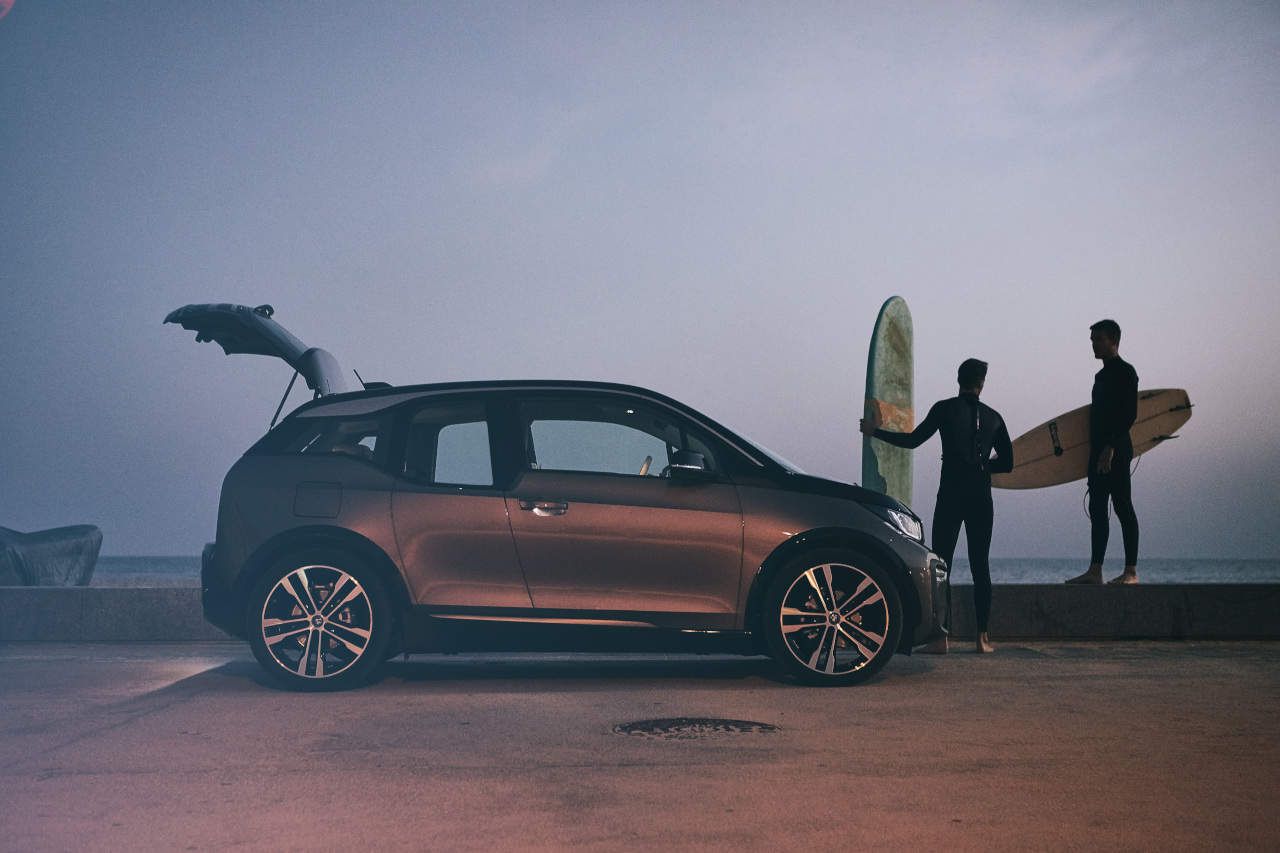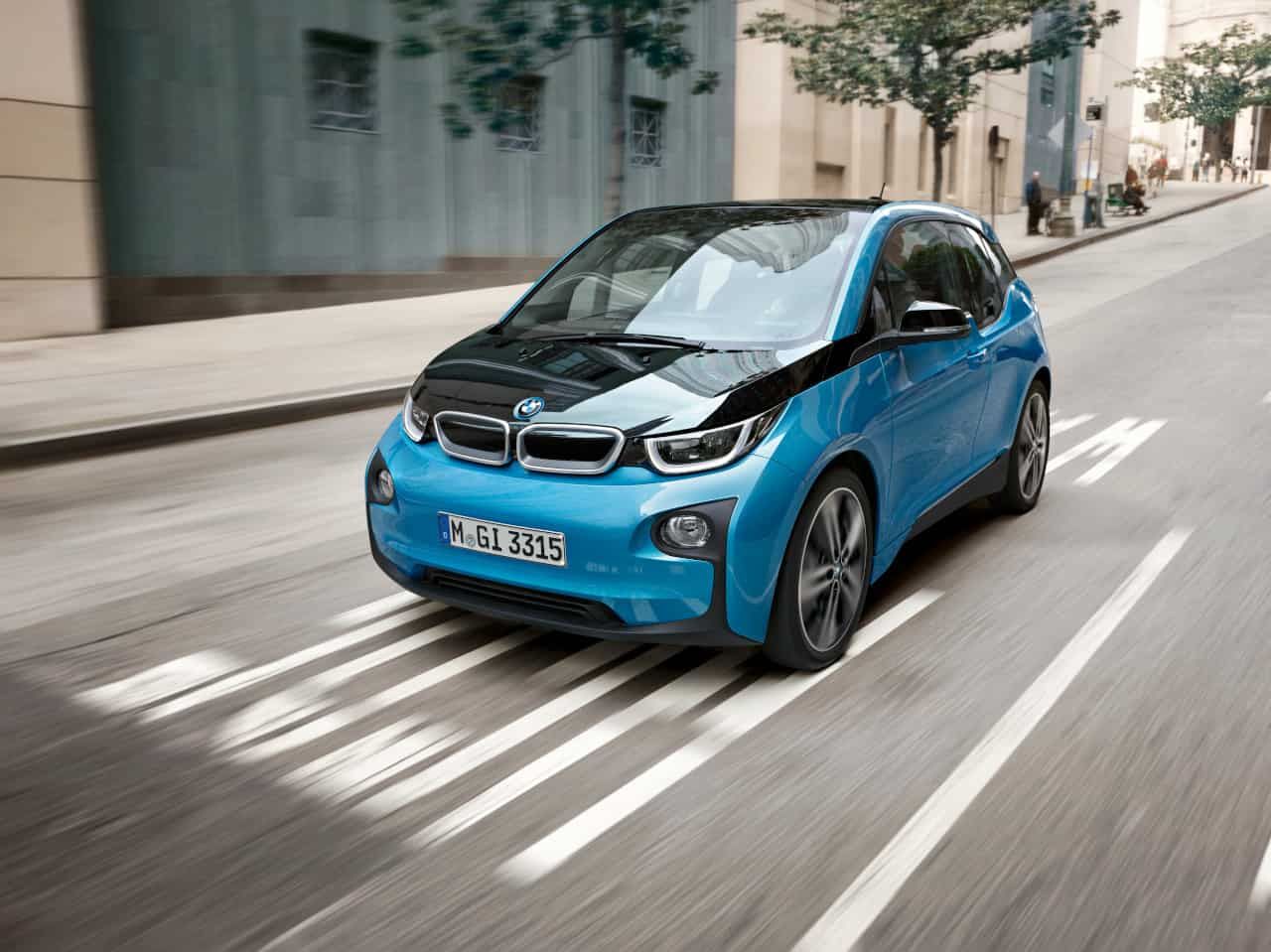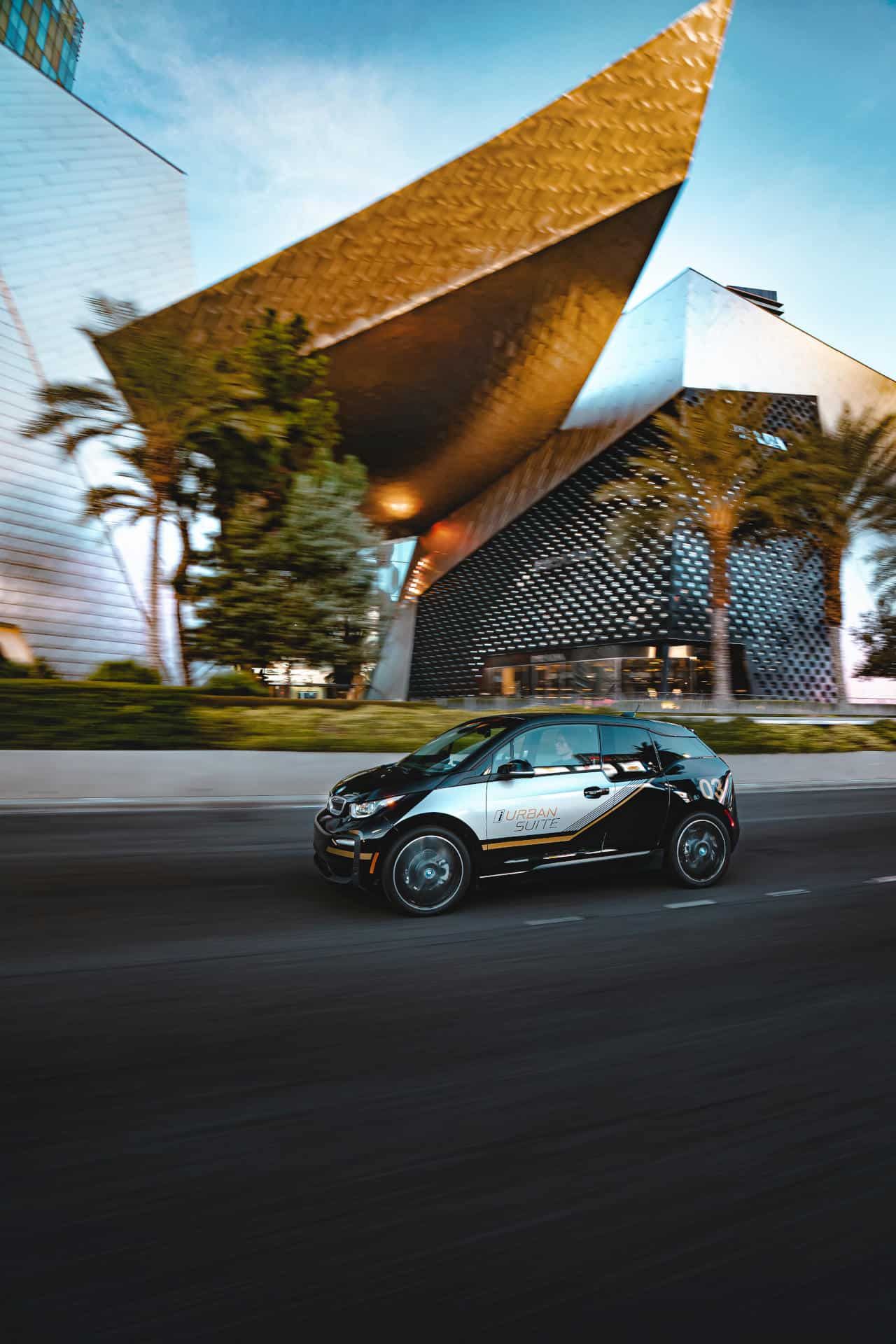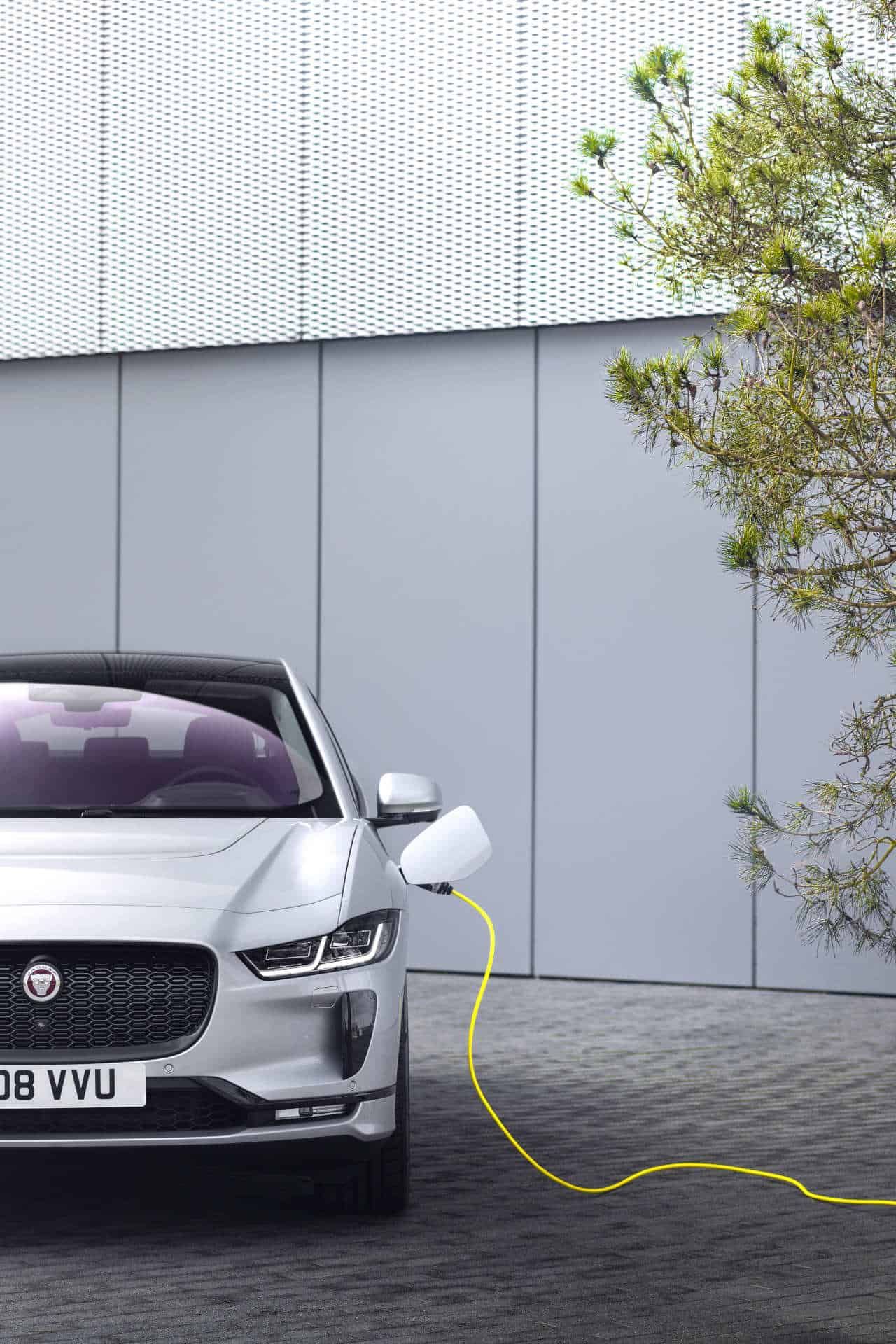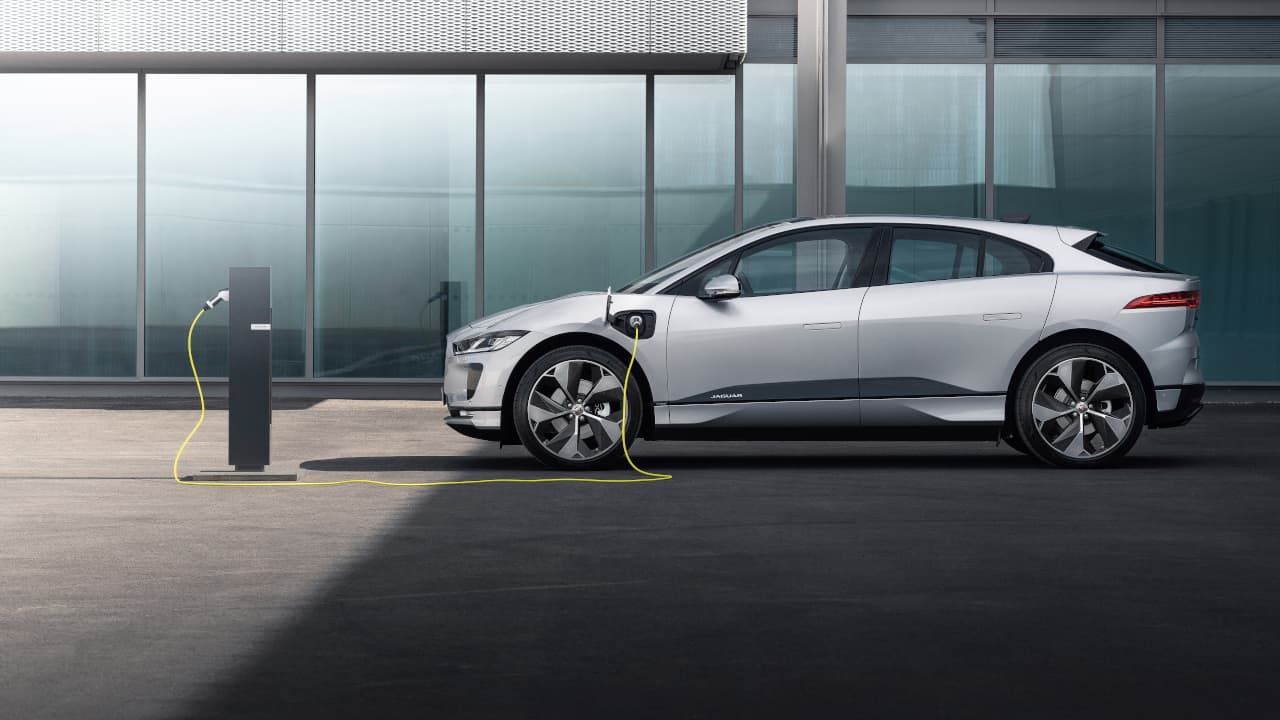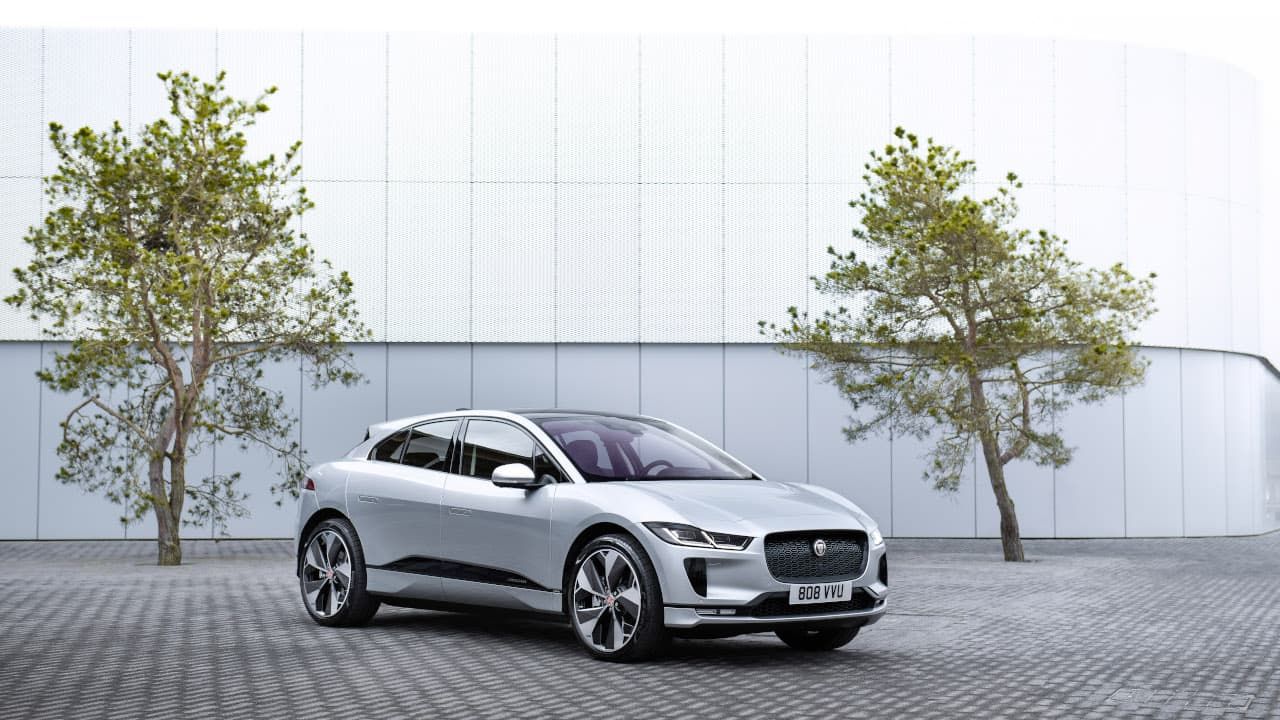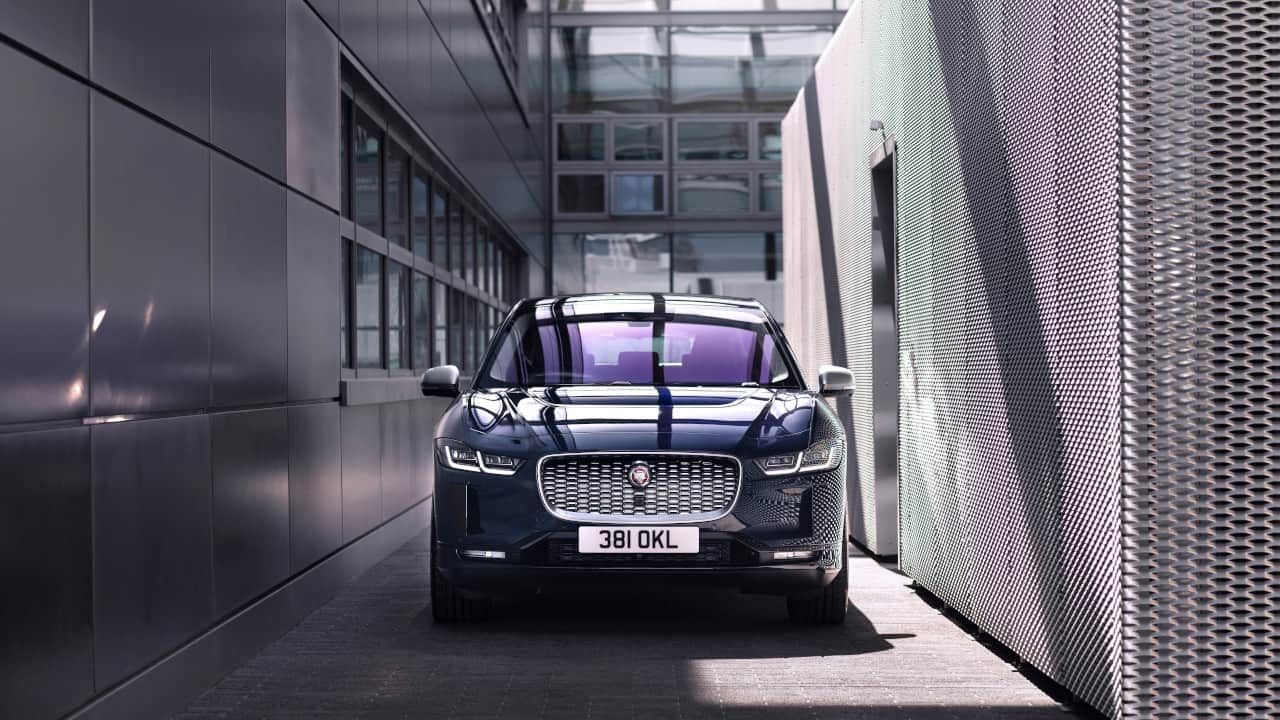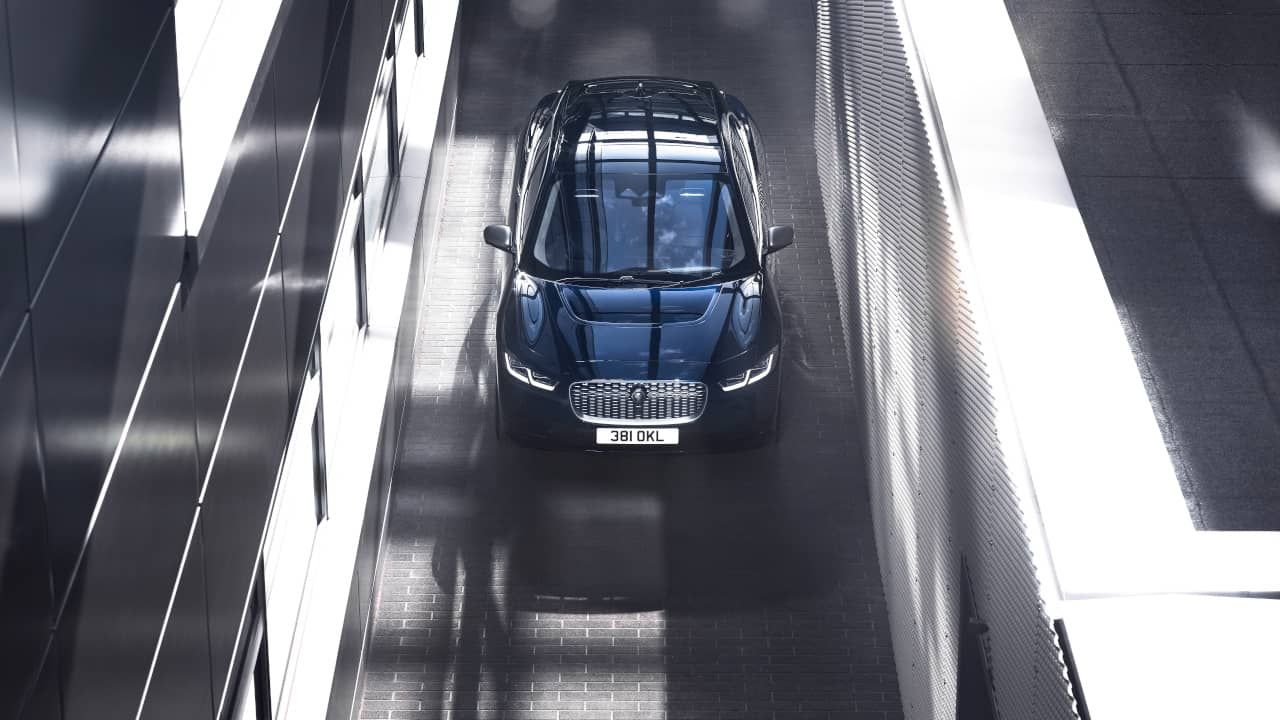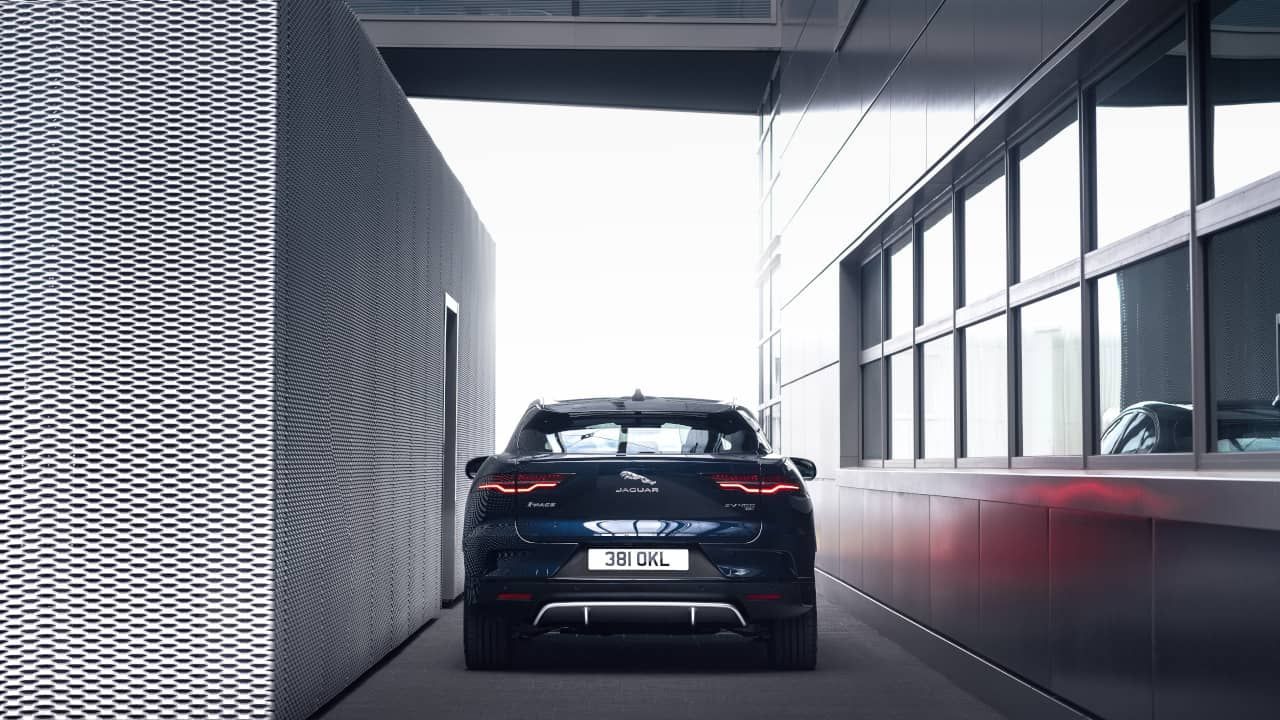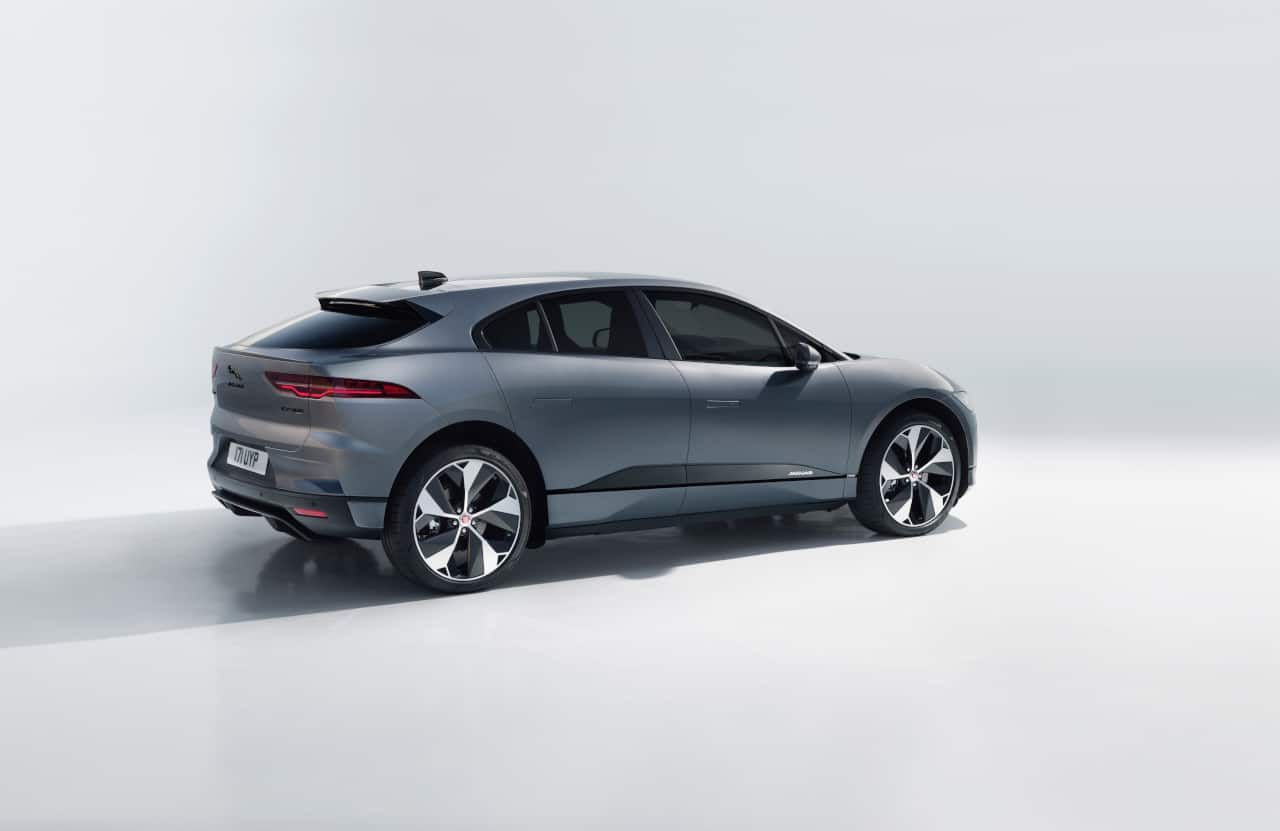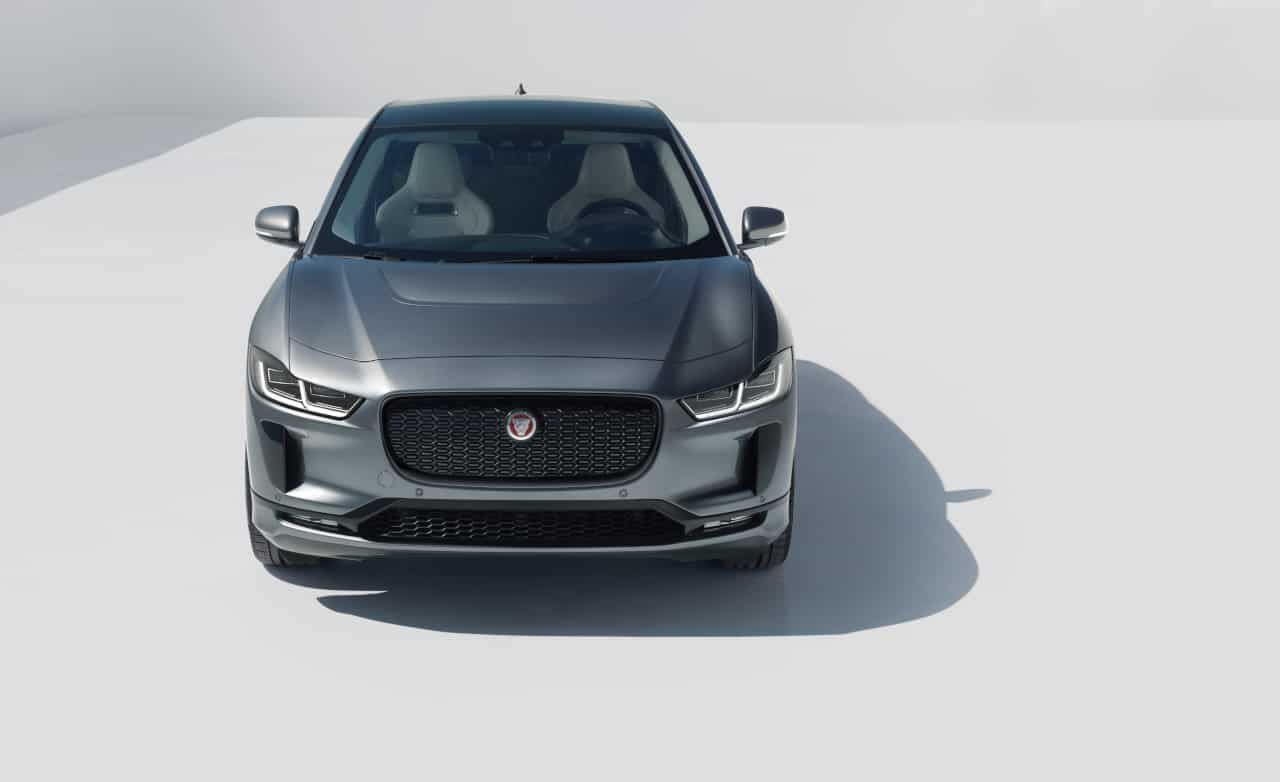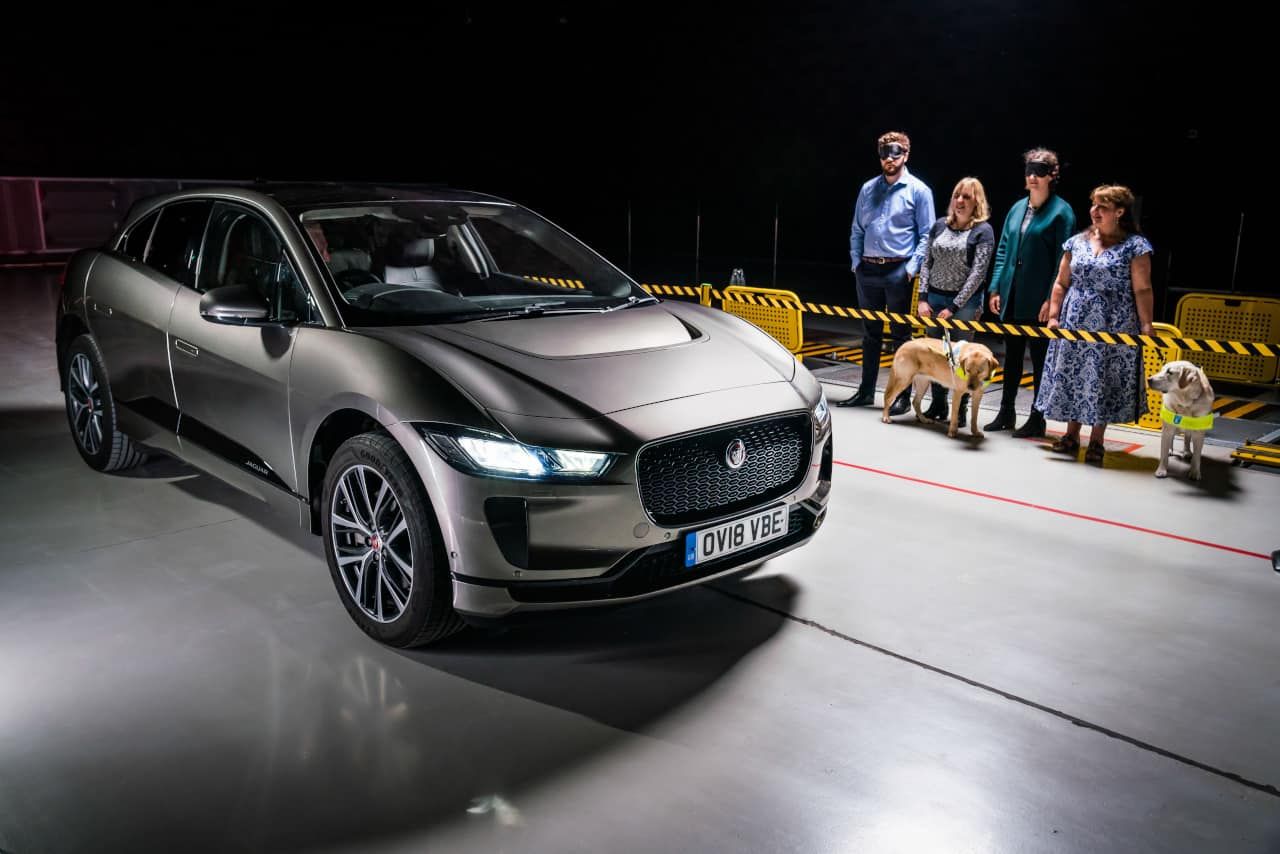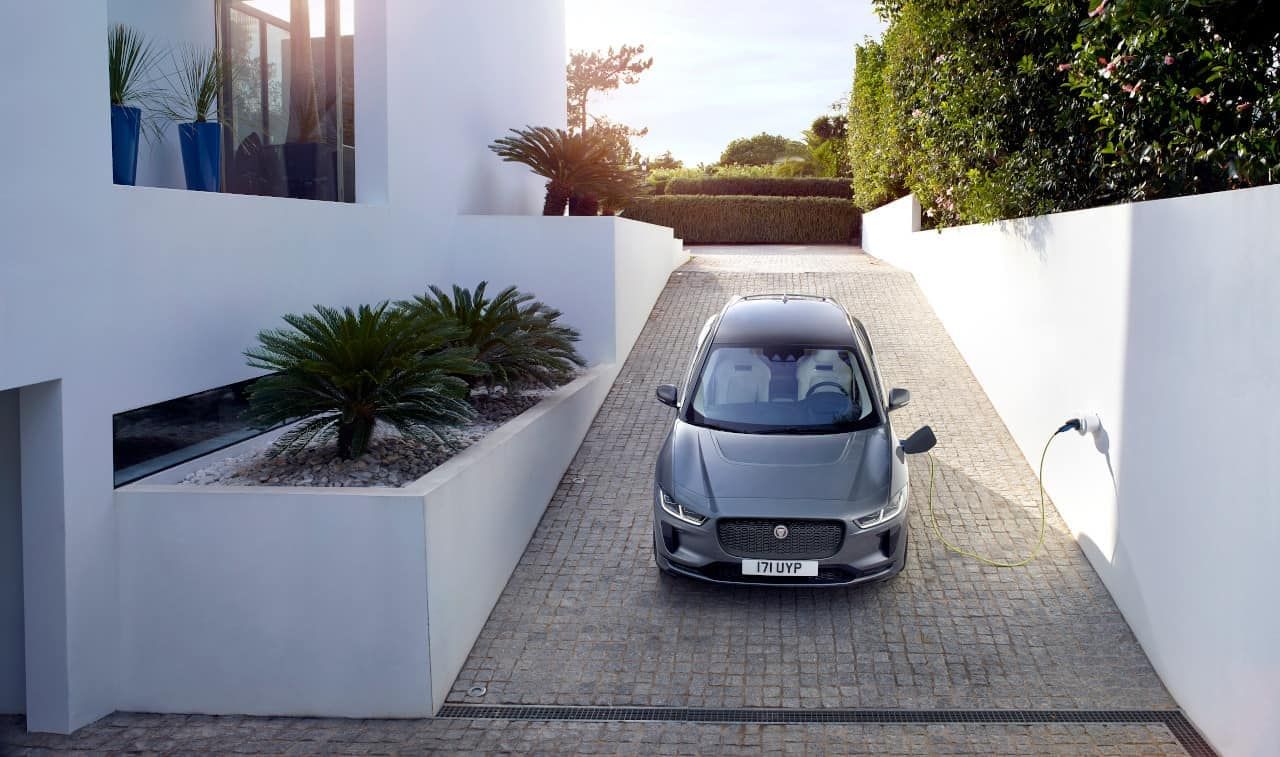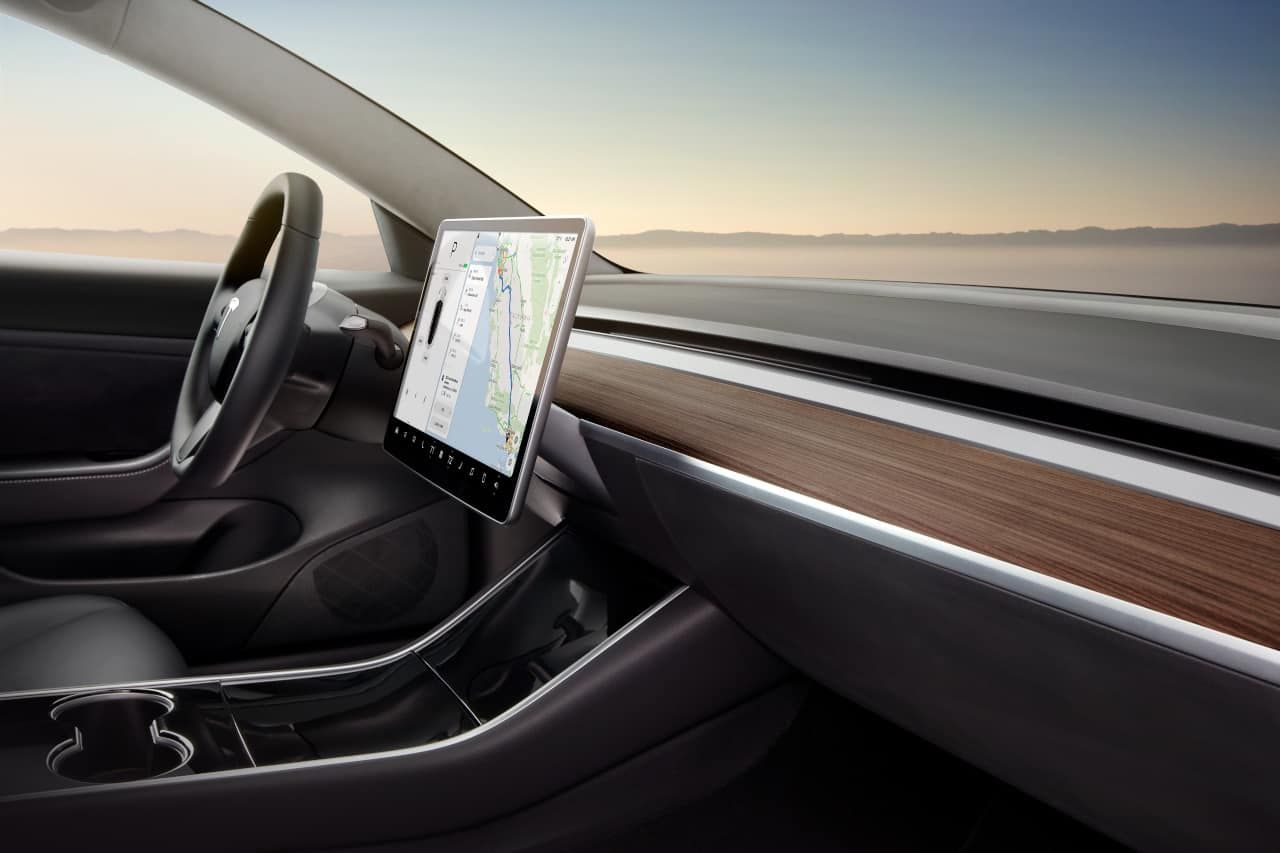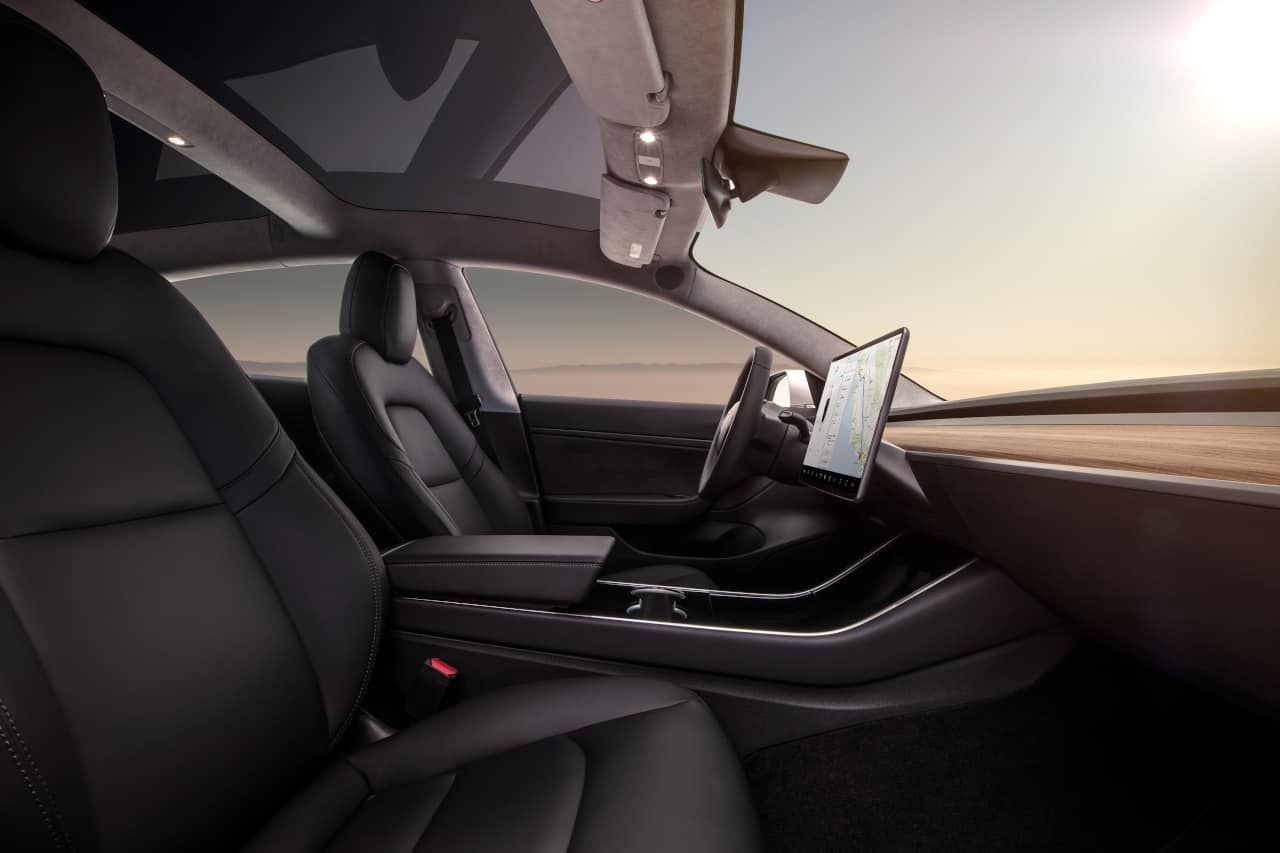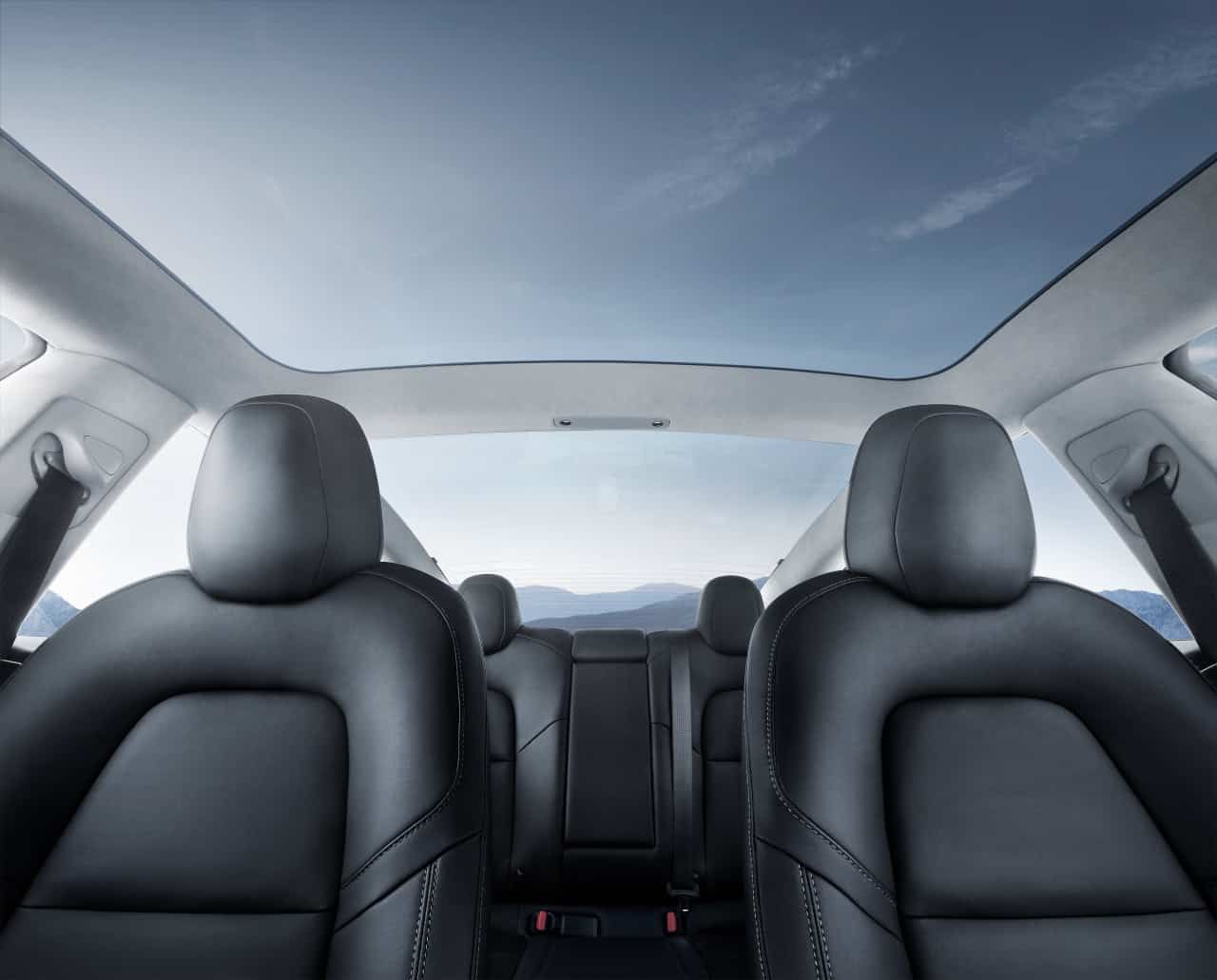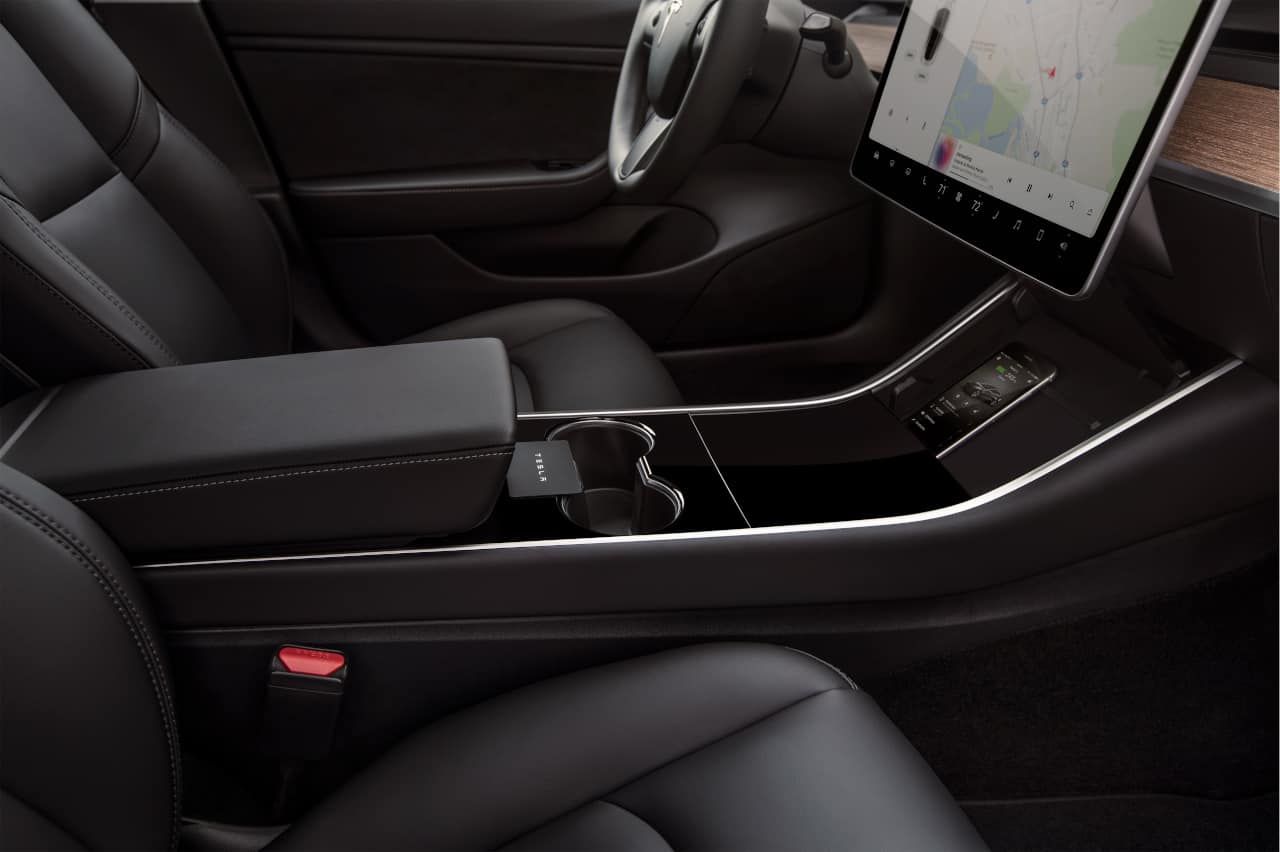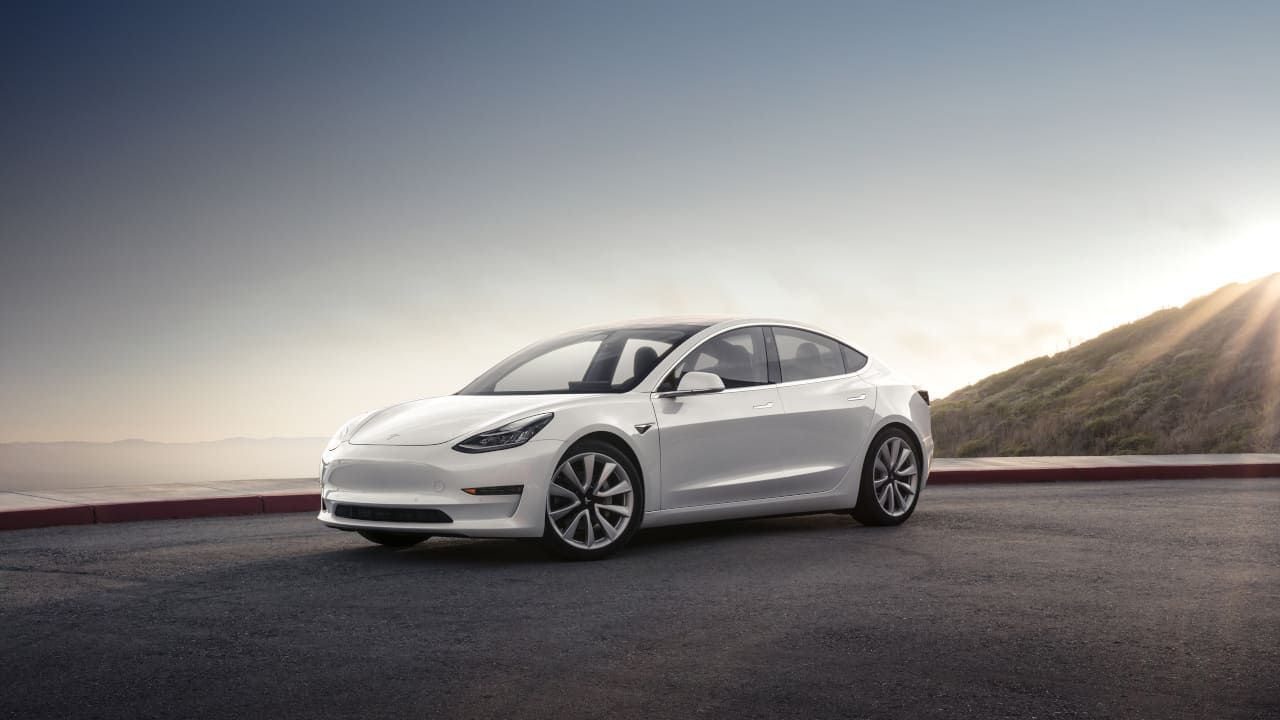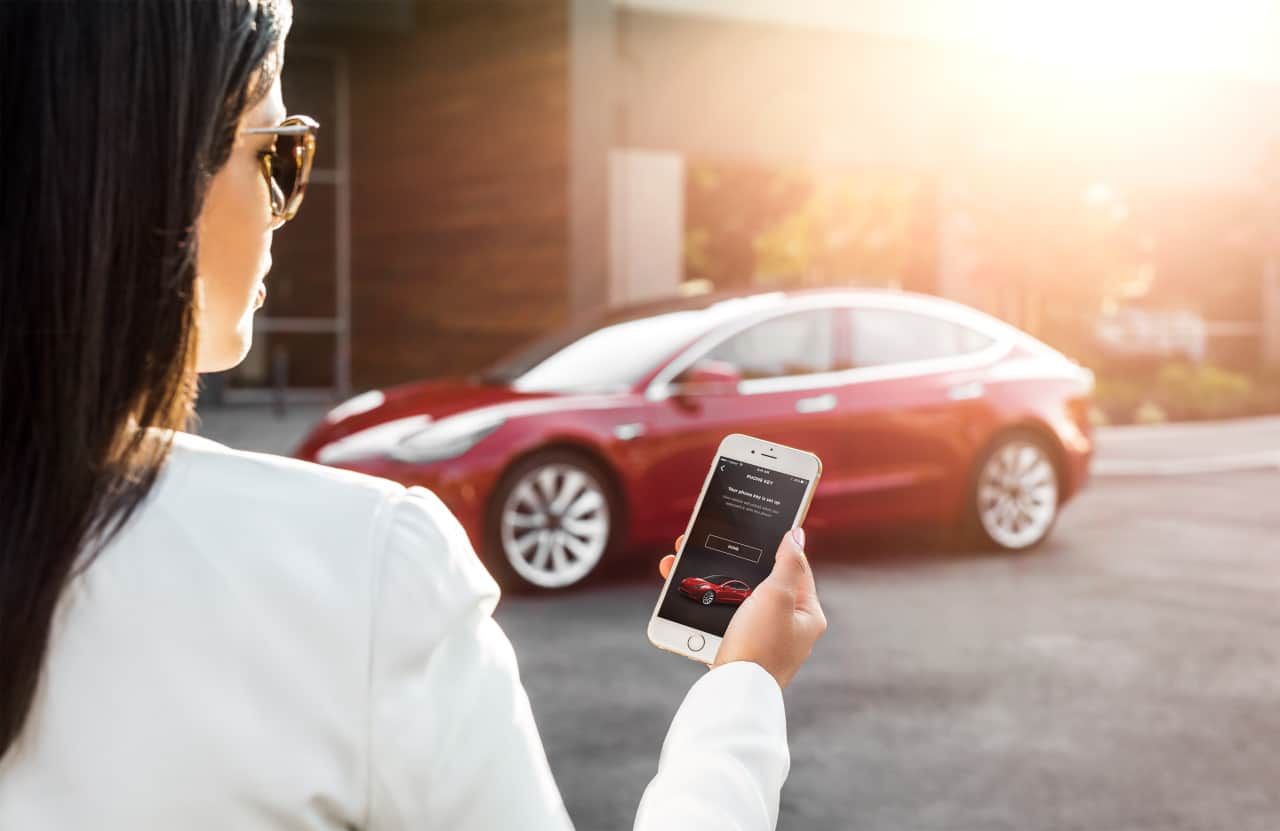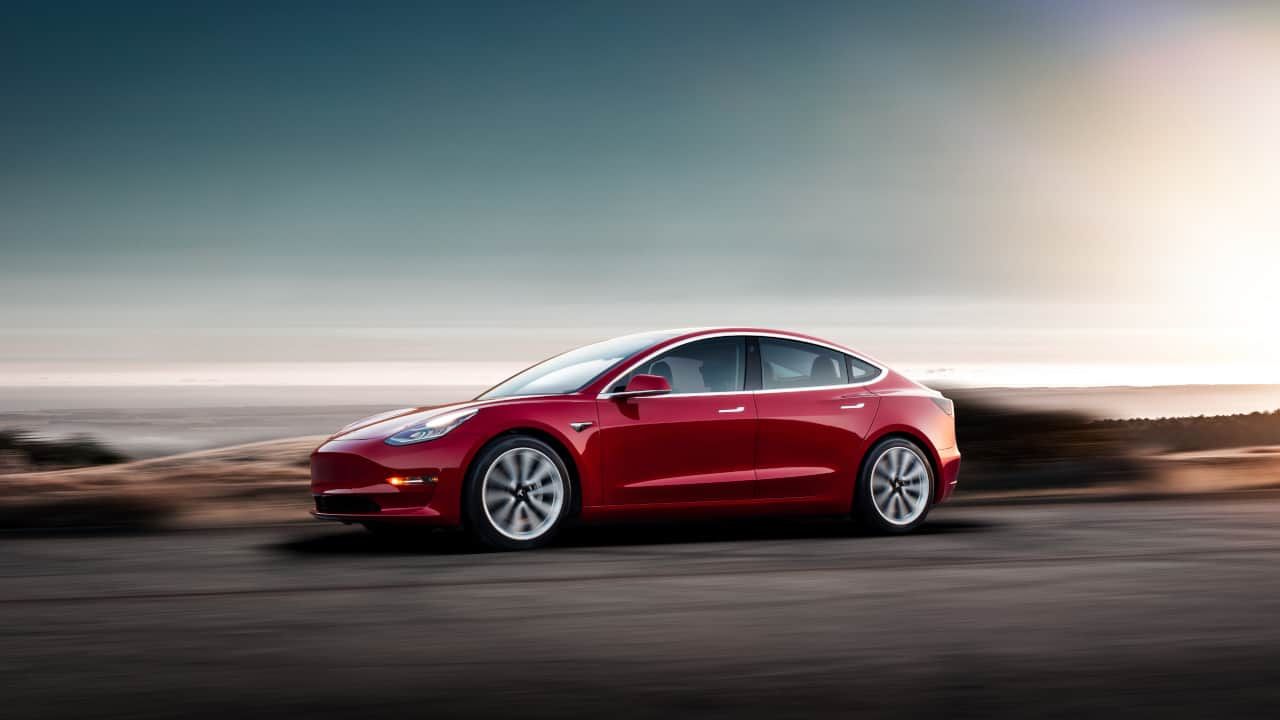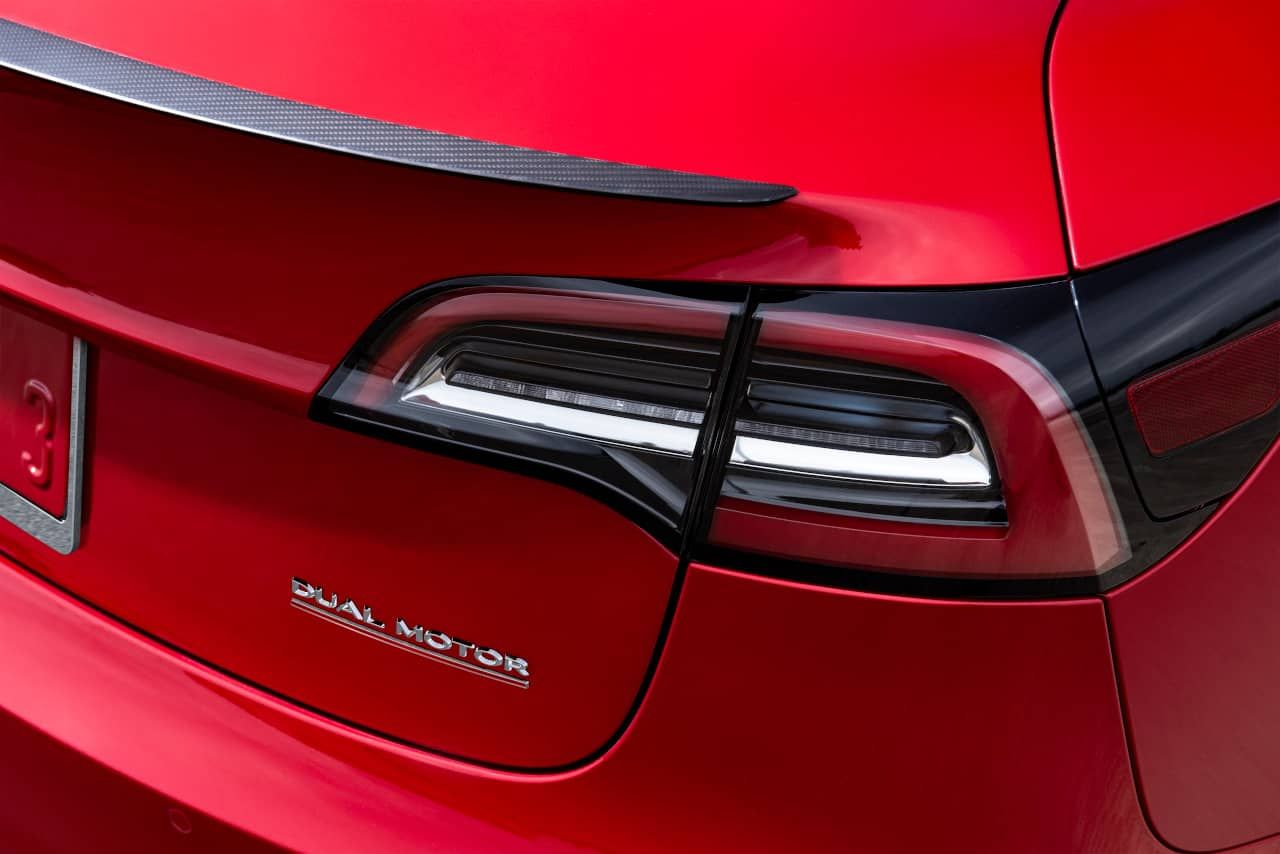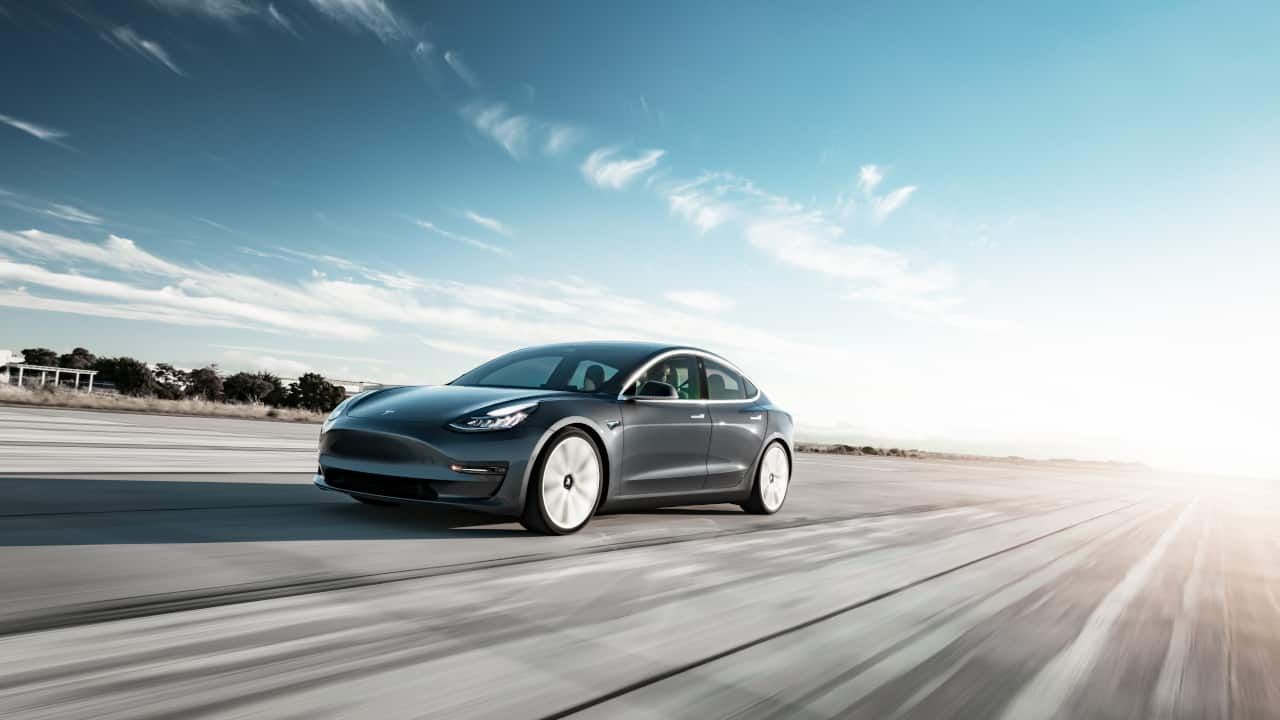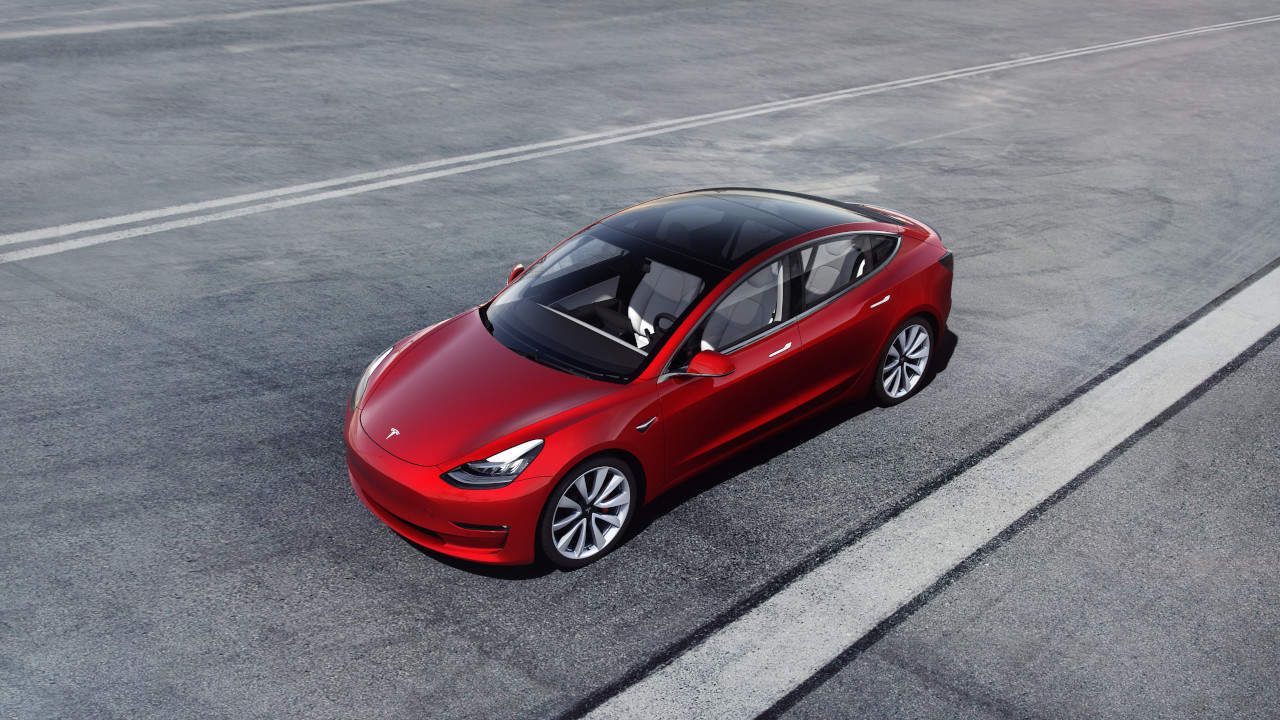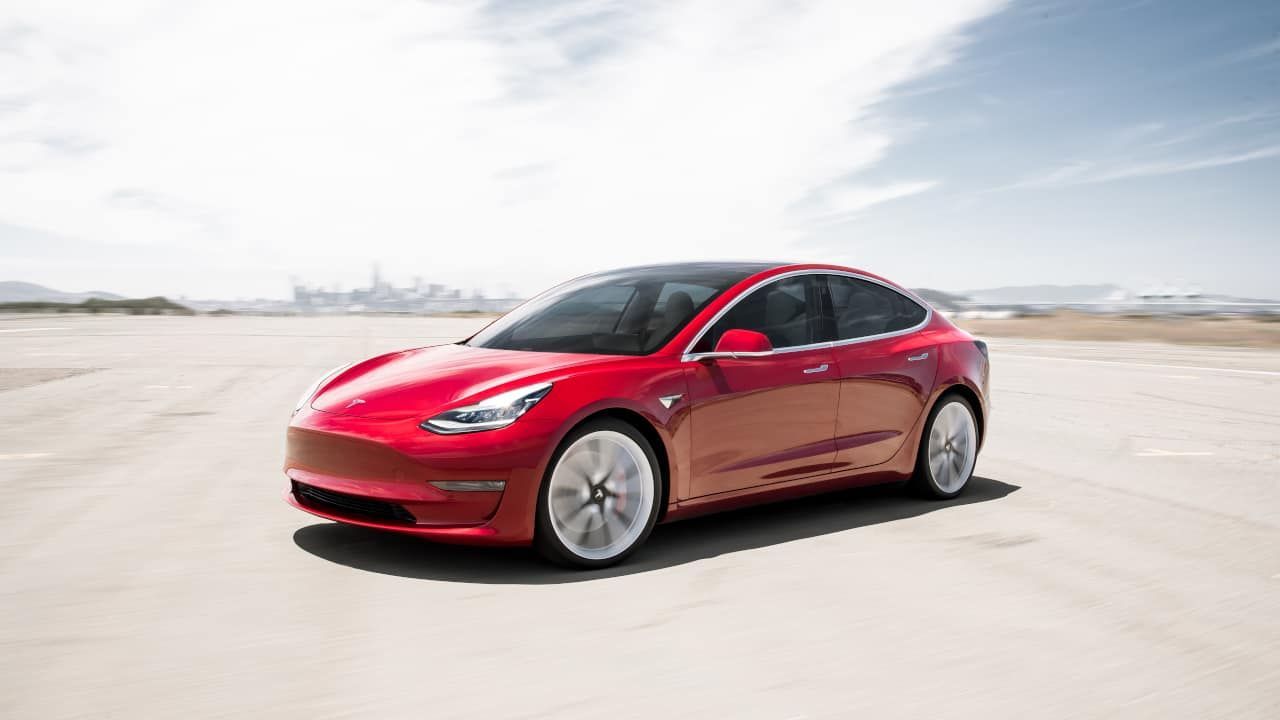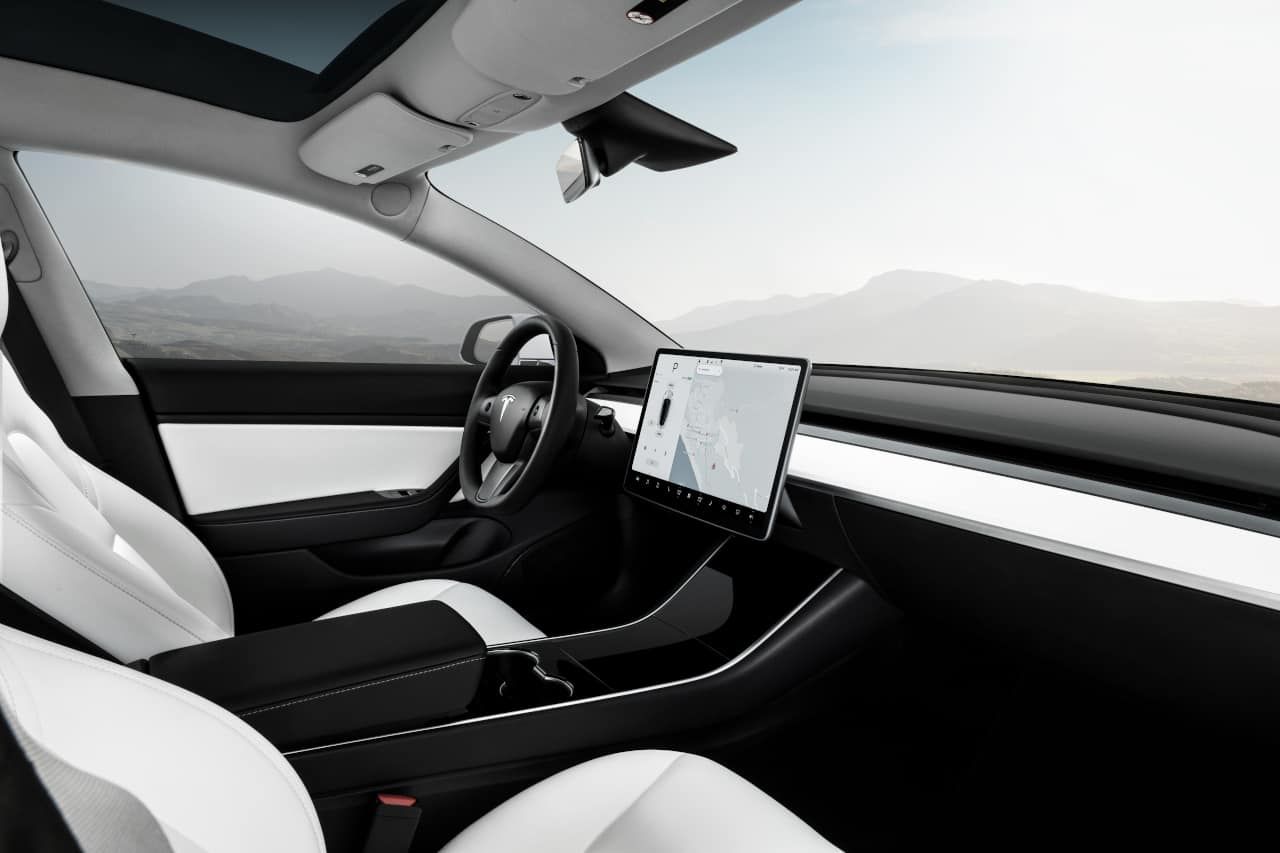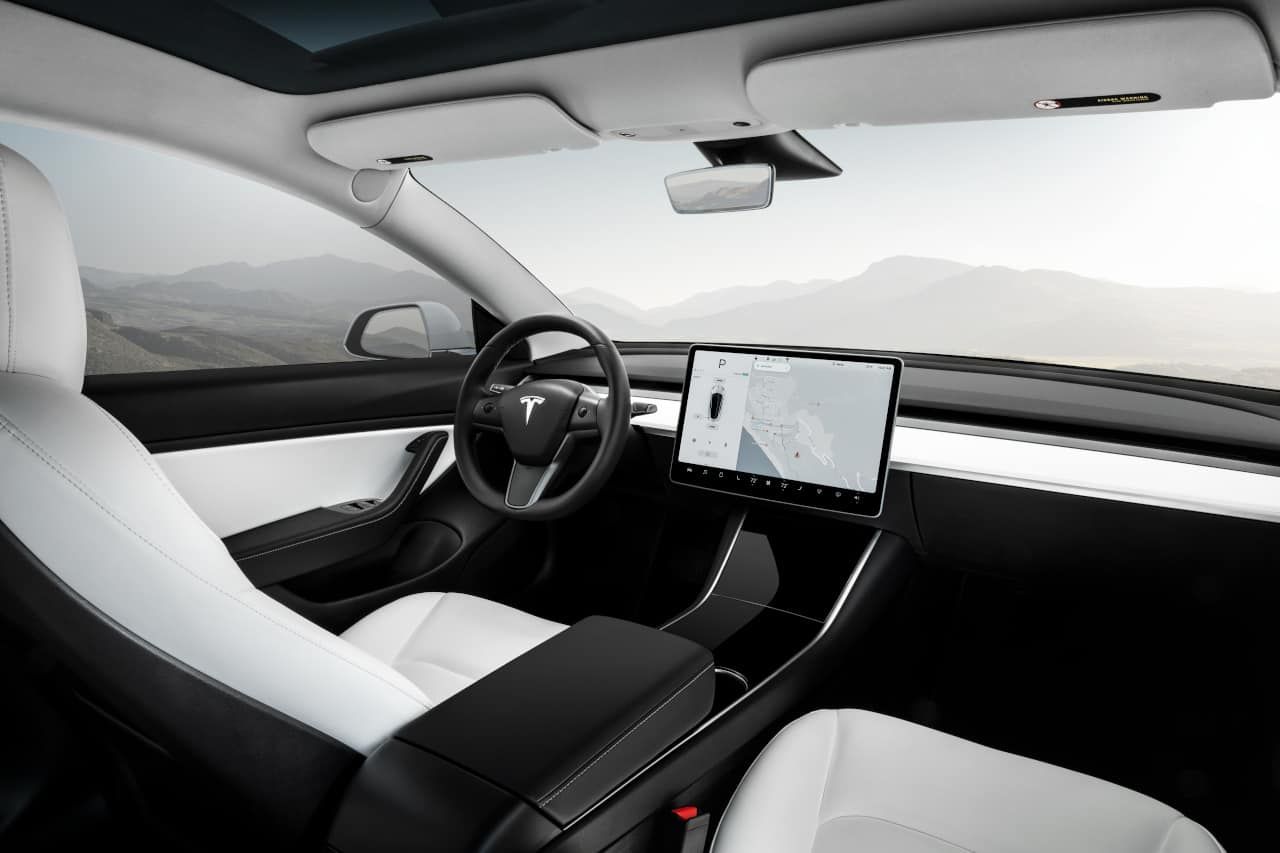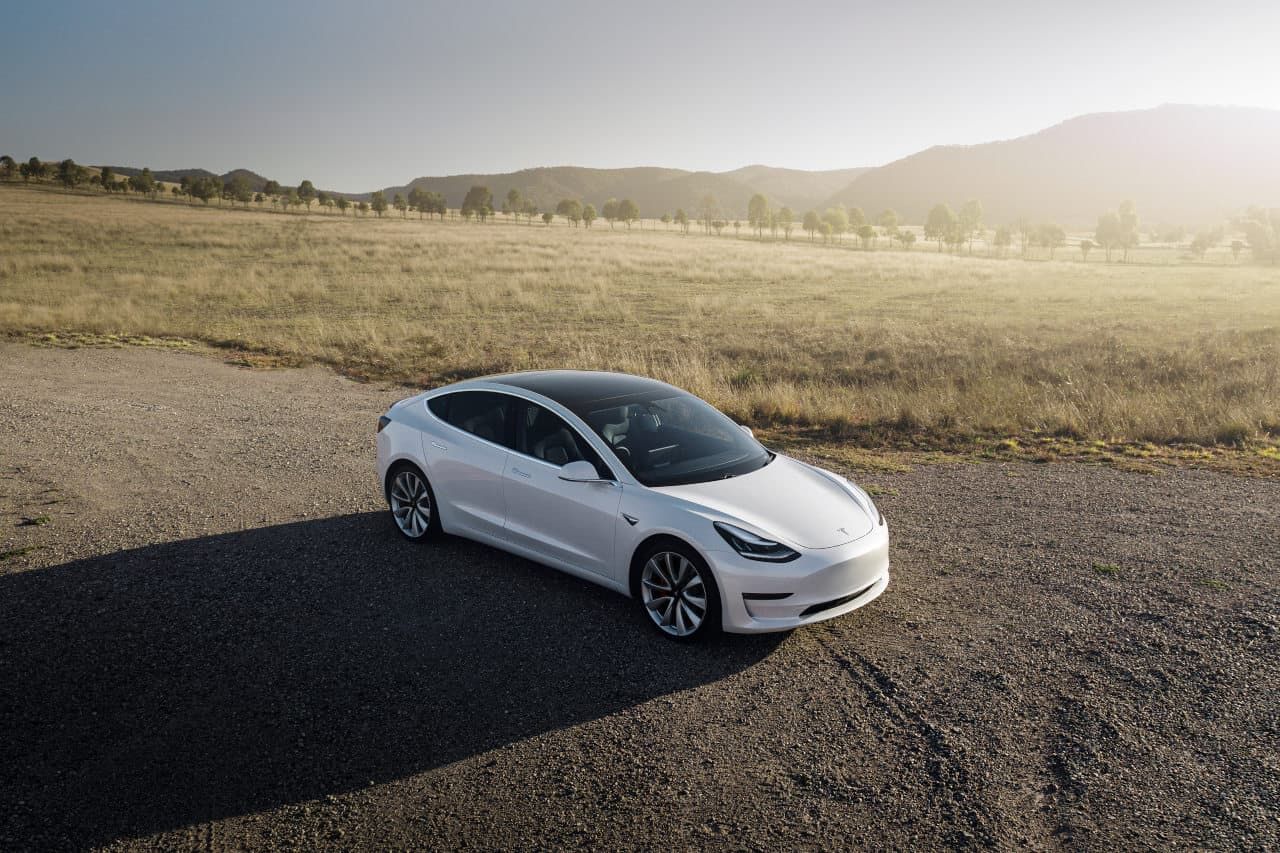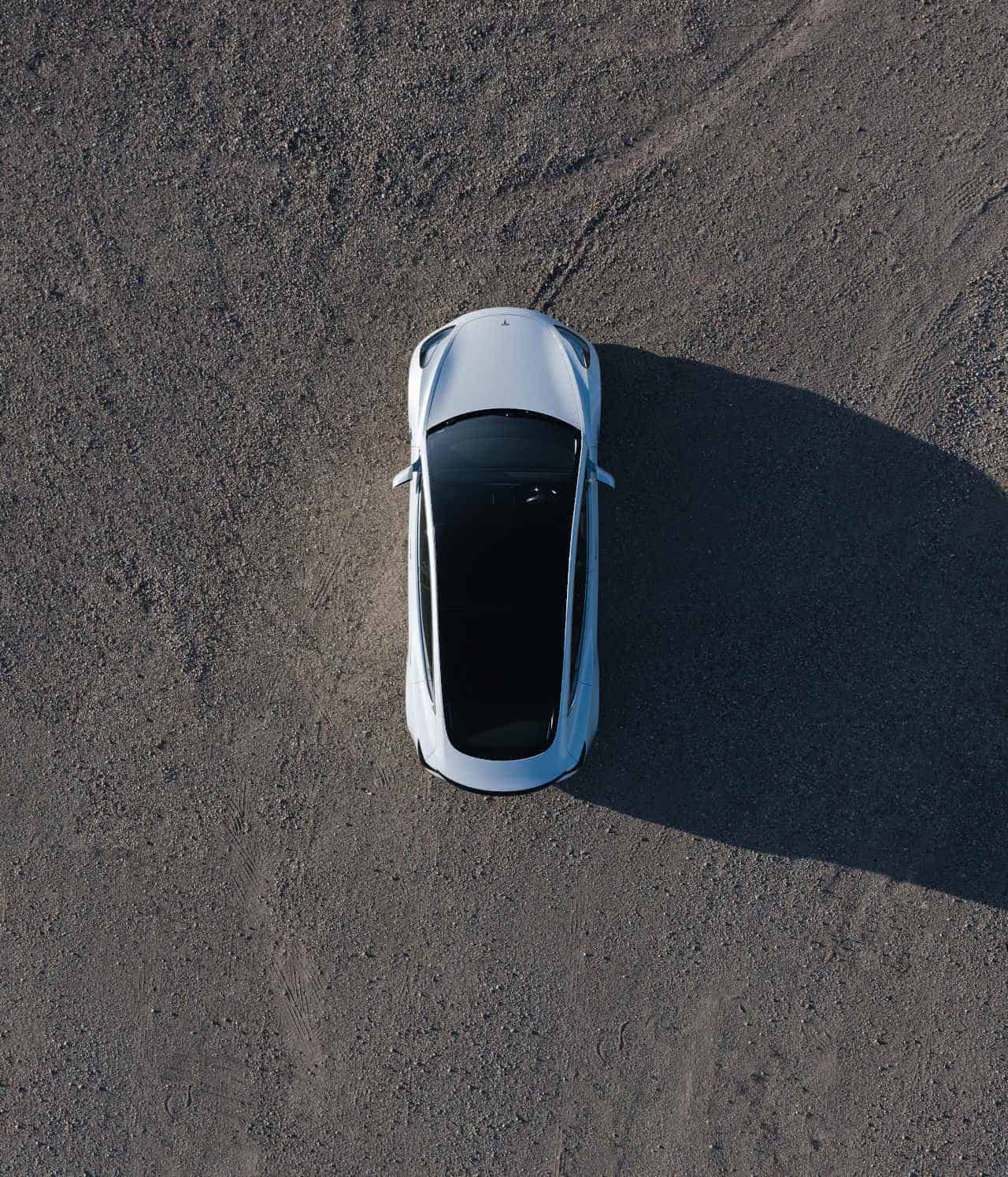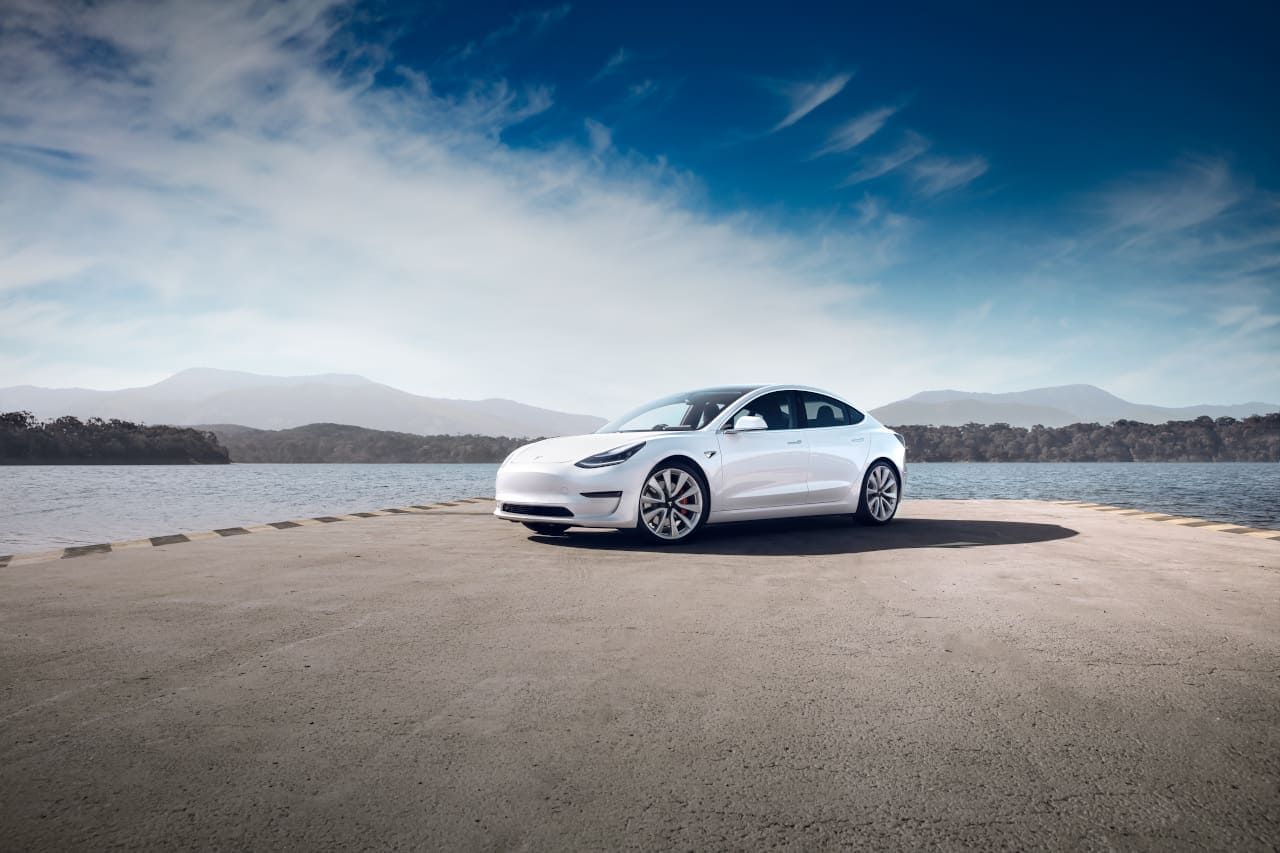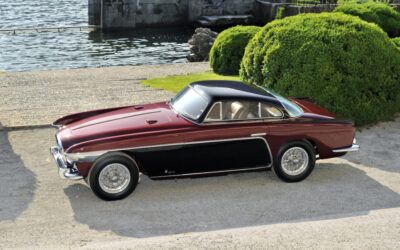Daniel Breton is an early adopter in the electric vehicle (EV) space. President and CEO of Electric Mobility Canada, he has been driving electric vehicles for the last 20 years. He’s had a Chevy Volt, a Chevy Bolt and, for the last year, has been driving a Tesla Model 3.
Related: The 3 best summer sports cars for under $100,000
Breton says that driving an EV affords an experience unlike anything available in a fossil fuel-powered car. He says his 84-year-old mother is driving an electric car nowadays.
“The ride and drive are everything,” he says. “A lot of people still have this image in their head that an electric car is kind of a glorified golf cart. [But] once you get behind the wheel of one, you see how fast, quiet, stable it is, and people get hooked instantly.”
Benefits of electric vehicles
In highlighting some of the benefits of electric vehicles, Breton says they’re great for the environment and are cheap to fuel up. Kristine D’Arbelles, senior manager of public affairs at the Canadian Automobile Association, says that the main benefit EV buyers are looking for is cost savings.
“On average, Canadians will spend around $2,000 on gas every year,” says D’Arbelles. She says Canadian drivers can check out CAA’s car cost calculator to compare the costs of owning an EV, hybrid or fossil fuel-powered vehicle.
She adds that another benefit that electric vehicles have over internal combustion engine vehicles is that they have far fewer parts. As a result, they require less maintenance.
Electric vehicles: Range anxiety
Distance range anxiety is an issue that has largely been dealt with given improvements in electric vehicles. However D’Arbelles acknowledges that a potential drawback is the price tag.
“The ticket price on an electric vehicle nowadays is quite high compared to its equivalent,” she says. “So if you look at the average compact internal combustion vehicle, you can get it for much less than its electric vehicle counterpart. So you could be spending $10,000 to $15,000 more but not be getting more car. And that’s tough for some people to justify.”
Even so, she acknowledges that the marketplace for used hybrids and electric vehicles, while nowhere near as large as the used fossil fuel-powered vehicle marketplace, is growing. That provides an option for consumers who want to get into a hybrid or EV for less.
Drawbacks – real and imagined – of electric vehicles
When asked about potential negatives of electric vehicles – such as range anxiety – both Breton and D’Arbelles say these fears have been largely overblown.
For instance, Breton notes that around 80% of people in North America drive 80 kilometres or less to go to and from work on a normal day. That means electric vehicles with a range in the hundreds of kilometres should quiet any lingering worries. D’Arbelles adds that driving an EV does require some extra planning. Charging stations might not be as plentiful or as visible as gas stations. But there are lots of apps that people can use to find out where the closest charging stations are.
A few options to whet the appetite
Fossil fuel-powered vehicles outsell EVs by a wide margin in Canada. But consumers in the Great White North still have an abundance of EVs to choose from on dealership lots from coast to coast. While not an exhaustive list, here’s a rundown of some electric vehicles you might want to check out.
BMW i3
Starting from $44,950, the BMW i3 is an electric car from a vehicle manufacturer that has become synonymous with premium rides. The subcompact has between 170 horses and 184 horses under the hood. It also has a battery-only range of between 160 km and 203 km. That might be seen as a negative for those with range anxiety. But there’s an antidote to that problem. The vehicle, which is a hybrid, has a 0.60 litre 2-cylinder engine. Fuel economy is 2.4 litres per 100/km combined. Drivers will also be able to charge the vehicle’s battery using a conventional socket, adding a measure of convenience.
Jaguar I-PACE
The Jaguar I-PACE starts at $89,800. With the I-PACE S, drivers will get 377 km on one full charge, and the car reaches 100 km/h in 4.8 seconds. With a 50 kW DC rapid charger — the kind found at most public charging stations — the I-PACE can be charged to 80% capacity from zero in 85 minutes. The vehicle is propelled by a couple of permanent magnet synchronous electric motors. Similar to the technology backed into the I-TYPE Formula E racing car, these motors churn out 394 hp and 512 lb-ft of torque.
Tesla Model 3
The Tesla Model 3 is available in RWD and dual motor AWD. The RWD model, which starts at $52,990, offers a range of 402 km. It has a top speed of 225 km/h, and goes from zero to 100 km/h in 5.6 seconds. For the dual motor AWD, the long-range version starts at $64,990, offers a range of 518 km. It has a top speed of 233 km/h and goes from zero to 100 km/h in 4.6 seconds. The manufacturer notes that safety is the primary consideration in the vehicle’s overall design. In a roof-crush test, the vehicle resisted four times its own mass.



